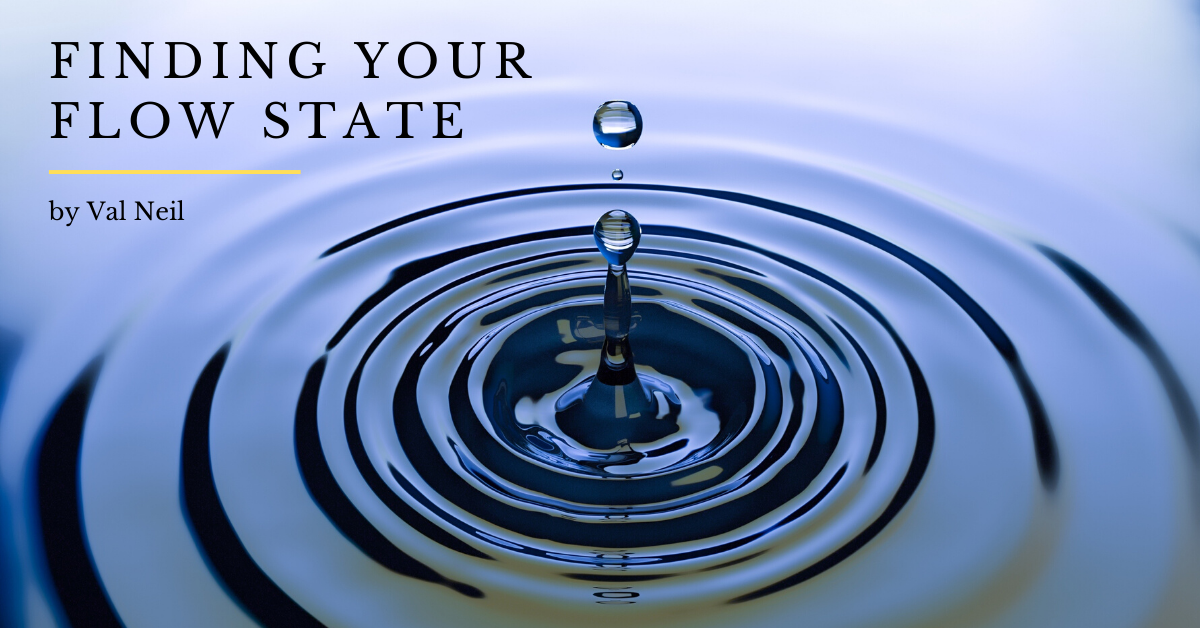
What is a flow state?
Do you ever get into the groove when you’re writing? Your fingers fly, words pour out of you like magic, and before you know it, an hour has passed. That’s the flow state—a particular mindset when the words come without hesitation.
How do you get into the flow state?
Getting into the flow state can take some time, but a few tricks can help you get there quicker. Some professional writers do warm up techniques before they sit down to actually write—they meditate, read their notes from the previous scene, free write, or read aloud a test sample if they’re dictating. This can be intimidating if you only have twenty minutes to sit down and write and it takes you fifteen minutes just to get into a good flow.
Pay Attention to When you Write Best
One of the nice features about the new NaNoWriMo website is that it allows you to enter not just your word count, but where you wrote and for how long. This allows you to track where and when you are getting the most words down. It’s not always when you think.
A lot of people will say “I’m a night person” and assume they do their best writing in the evenings. Studies have shown that creativity is usually at its peak right after you get up in the morning (obviously, if you work the night shift, your “morning” will be different than for most people). The reason for this is that your brain has had a chance to rest and process things overnight. You may wake up with solutions to problems you had the day before. Your brain also hasn’t been taxed by a billion other things throughout the day. Even if you’re a night person, if your brain has been working all day and it probably won’t be in its best form when you sit down to write after the kids are in bed.
If you want to know for certain, write down your word count after various sessions for a week or two, then analyze your output. You may be surprised that your best writing times are not when you thought they’d be.
Train Your Brain
Have you ever gone to the restroom and as soon as you crossed the threshold, your body desperately tried to unleash itself before you reached the toilet? That’s the power of classical conditioning. Thankfully, you can use it to your advantage.
Create a consistent set of conditions under which you write. For instance, I decided last year that my home PC is a terrible place to work. It’s in a high-traffic area, and even with noise-cancelling headphones, I get interrupted a lot. The PC also has dual monitors, which makes it way too convenient to have Scrivener open on one and a browser on the other. I decided that since my laptop was already being used to write in cafés that I would use it as my writing machine. I made a desk upstairs out of a folding table and I write on my laptop.
If you don’t have multiple machines, that’s fine. You can still create consistent conditions. Maybe you always write in the same chair or listen to the same playlist. Maybe you always have a cup of coffee or burning candle. Whatever you do, try to be consistent to train your brain that those conditions mean you’re going to be writing. This should help reduce the amount of time it takes for you to achieve the flow state.
Copyright © 2019 Val Neil. All rights reserved.
